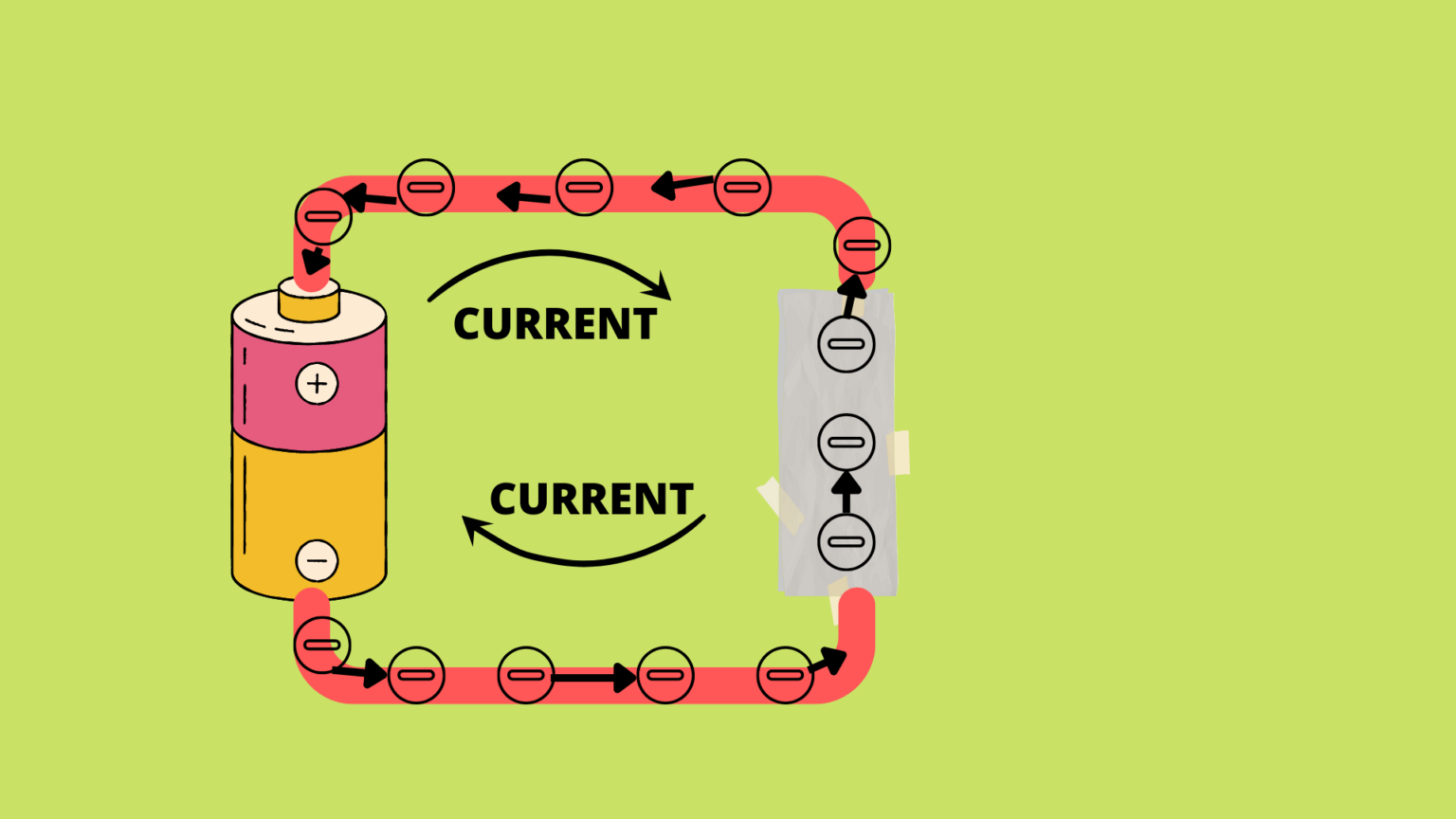Unraveling The Plight Of American Hostages In Iran
The complex and often perilous relationship between the United States and Iran has, for decades, cast a long shadow over the lives of American citizens. At the heart of this geopolitical tension lies the harrowing reality of American hostages in Iran, individuals caught in a high-stakes diplomatic chess game. Their stories are not merely headlines; they are deeply personal narratives of wrongful detention, separation from loved ones, and the enduring hope for freedom.
From the dramatic events of the 1979 embassy takeover to the recent, cautiously celebrated prisoner exchanges, the issue of detained Americans in Iran remains a persistent humanitarian and political challenge. This article delves into the history, the human impact, and the ongoing efforts to bring these individuals home, shedding light on a critical aspect of international relations that continues to demand global attention and resolution.
Table of Contents
- The Recent Release: A Glimmer of Hope for American Hostages in Iran
- A Pattern of Detention: Iran's History of Taking Foreign Nationals Hostage
- Profiles of the Freed: Emad Shargi and Others
- The Unresolved Cases: Remembering Robert Levinson and Others
- The Diplomacy Behind the Scenes: Prisoner Swaps and Sanctions
- Navigating the Risks: Advice for US Citizens in Iran
- The Broader Geopolitical Context: US-Iran Relations and Mistrust
- The Human Cost: Families Awaiting Justice and Return
The Recent Release: A Glimmer of Hope for American Hostages in Iran
In a significant diplomatic breakthrough on Tuesday, September 19, 2023, five American citizens who had been unjustly detained in Iran for years were finally released. This highly anticipated event, which saw them arrive at Davison Army Airfield at Fort Belvoir, VA, was the culmination of a complex prisoner swap deal between the U.S. and Iran. Special Presidential Envoy for Hostage Affairs Roger Carstens was on hand to greet the freed Americans: Siamak Namazi, Morad Tahbaz, and Emad Shargi, along with two other returnees whose names the U.S. government has not yet publicly released.
The deal that secured their freedom was intricate, involving the unfreezing of $6 billion in Iranian assets, which had been held in South Korea, and the dismissal of federal charges against five imprisoned Iranians in the United States. This exchange, mediated by Qatar, brought a moment of immense relief and joy to the families of those who had endured years of wrongful imprisonment. The plane carrying these five American citizens touched down on U.S. soil, marking a tangible success in the persistent efforts to bring home those held against their will. While this release was a cause for celebration, it also served as a stark reminder of the broader issue of American hostages in Iran and the ongoing challenges in U.S.-Iran relations.
A Pattern of Detention: Iran's History of Taking Foreign Nationals Hostage
The detention of foreign nationals, particularly those with dual citizenship, has unfortunately become a recurring tactic in Iran's foreign policy. This pattern is not new; it has been observed for decades, evolving into a deeply ingrained practice. Since the Iran Hostage Crisis of 1979, the Islamic Republic of Iran has consistently engaged in detaining foreign nationals for extended periods, often on vague or unsubstantiated charges, effectively using them as leverage in international negotiations. This strategy has created a climate of fear and uncertainty for many with ties to Iran, including those who simply wished to visit family or conduct business.
Echoes of 1979: The Enduring Legacy of the Iran Hostage Crisis
The roots of this pattern can be traced back to the seismic events of the 1979 U.S. Embassy takeover and hostage crisis following the Islamic Revolution. For 444 harrowing days, 52 American diplomats and citizens were held captive at the U.S. Embassy in Tehran. This crisis profoundly reshaped U.S.-Iran relations, instilling a deep-seated mistrust that persists to this day. The historical context of the 1953 coup, where the Shah briefly fled Iran before returning and consolidating power with U.S. backing, is widely seen within Iran and the wider Global South as a turning point, reinforcing perceptions of foreign interference.
Even 35 years after the conclusion of that initial crisis, Iran continues to take Americans and other Westerners hostage. This continuity underscores a deliberate and sustained policy, where individuals become pawns in larger geopolitical struggles. The echoes of 1979 resonate in every subsequent detention, reminding the world of a historical precedent that continues to inform Iran's approach to foreign relations and its handling of foreign nationals.
Wrongful Detentions: A Global Concern
The issue of wrongful detention by state actors extends beyond Iran, though the Islamic Republic is a significant perpetrator. According to data collected by Hostage Aid Worldwide (HAW), an organization that has been collecting data on hostages and unlawfully detained persons globally since 1979 (starting with the Iran Hostage Crisis), the majority of cases they've documented—a staggering 78%—involved wrongful detention by state actors like China, Iran, or Russia. This statistic highlights a disturbing global trend where governments use individuals as bargaining chips, violating international norms and human rights.
The designation of "Hostage and Wrongful Detainee Day" by various organizations and governments further emphasizes the gravity and widespread nature of this problem. It's a day dedicated to raising awareness for those unjustly held and to advocate for their release, including those who are among the American hostages in Iran. The plight of imprisoned, detained, and missing journalists, for instance, often falls under this umbrella, illustrating the diverse range of individuals targeted.
Profiles of the Freed: Emad Shargi and Others
The release of Siamak Namazi, Morad Tahbaz, and Emad Shargi, alongside two others, brought their individual ordeals to a temporary close, offering a glimpse into the personal stories behind the diplomatic headlines. Each of these individuals endured years of unjust imprisonment, their lives put on hold as their families tirelessly campaigned for their freedom.
- Emad Shargi: An Iranian-American businessman, Emad Shargi, 56, was arrested on April 23, 2018. Although born in Iran, he had left at a young age but decided to move back to the country with his wife. He was sentenced to 10 years in prison for allegedly collaborating with a foreign government, a common and often unsubstantiated charge leveled against dual nationals. His detention, like many others, underscored the risks faced by those with ties to both Iran and Western countries.
- Siamak Namazi: A businessman who had been detained in Iran since 2015, Siamak Namazi was one of the longest-held American prisoners in Iran. He was also sentenced to 10 years on charges of "collaboration with a hostile government." His father, Baquer Namazi, a former UNICEF official, was also detained in 2016 while visiting his son, and was only recently allowed to leave Iran for medical treatment in 2022.
- Morad Tahbaz: An Iranian-American environmentalist, Morad Tahbaz, 67, was arrested in 2018 alongside several other conservationists. He holds U.S., British, and Iranian citizenship. Like Namazi and Shargi, he was sentenced to 10 years in prison on charges of "collaboration with the hostile American government" and espionage. His case highlighted the vulnerability of environmental activists in Iran.
While these five individuals are now home, their stories serve as powerful reminders of the arbitrary nature of such detentions and the profound personal toll they exact. Their release, while celebrated, also highlights the ongoing need to address the systemic issues that lead to the detention of American hostages in Iran and other nations.
The Unresolved Cases: Remembering Robert Levinson and Others
While the recent release of five Americans brought immense relief, it's crucial to remember that not all cases of missing or detained Americans in Iran have been resolved. The shadow of unresolved disappearances continues to hang over U.S.-Iran relations, serving as a painful reminder that the fight for justice and freedom is far from over.
Perhaps the most prominent and tragic unresolved case is that of Robert Levinson. A former FBI agent, Levinson disappeared in 2007 while on a mission in Iran for the Central Intelligence Agency. He is thought to have been held prisoner by the government of Iran and is now presumed dead. His disappearance remains one of the longest-running cases of an American missing abroad, a source of enduring pain for his family and a symbol of the opaque nature of detentions in Iran. Despite years of efforts, his fate has never been definitively confirmed, leaving his family in a perpetual state of limbo.
The families of those who remain missing or detained continue to call for justice and the return of all hostages. Their pleas are a powerful testament to the human cost of these geopolitical struggles. For them, every "Hostage and Wrongful Detainee Day" is a renewed call to action, a desperate hope that their loved ones will one day be among those greeted by Special Presidential Envoy for Hostage Affairs Roger Carstens. The stories of those like Robert Levinson underscore that even with diplomatic successes, the issue of American hostages in Iran is far from closed, and vigilance remains paramount.
The Diplomacy Behind the Scenes: Prisoner Swaps and Sanctions
The release of American citizens from Iranian custody is rarely a straightforward process; it is almost always the result of intricate, often covert, diplomatic negotiations. The U.S. and Iran have a history of prisoner swaps dating back to the 1979 U.S. Embassy takeover and hostage crisis, establishing a precedent for such exchanges as a means of resolving highly sensitive human-centric issues. The recent deal, for instance, was mediated by Qatar, a nation that has often played a crucial role as an intermediary in sensitive diplomatic situations in the region.
These negotiations are a delicate balance of incentives and pressures. In the case of the September 2023 release, Iran freed five Americans, while the U.S. agreed to unfreeze $6 billion in Iranian assets and to dismiss federal charges against five imprisoned Iranians. This kind of quid pro quo highlights the transactional nature of these deals, where human lives become intertwined with financial and legal considerations. While controversial, such swaps are often seen by governments as the most viable, if not the only, path to secure the release of their citizens.
Following the release of the Americans, the U.S. also issued new sanctions against Iran, targeting Tehran’s Ministry of Intelligence and former Iranian President Mahmoud Ahmadinejad. This dual approach of engagement (through swaps) and pressure (through sanctions) reflects the complex and often contradictory nature of U.S. foreign policy towards Iran. The sanctions aim to hold Iran accountable for its actions, including its pattern of detaining foreign nationals, while the swaps seek to resolve individual cases of American hostages in Iran.
Navigating the Risks: Advice for US Citizens in Iran
The ongoing tensions between the U.S. and Iran, exacerbated by regional conflicts, present significant risks for American citizens traveling to or residing in Iran. An internal State Department report, detailing a Friday situation report, underscores that U.S. citizens in the region, particularly in Iran, face heightened dangers. As the conflict with Israel has escalated, hundreds of Americans have reportedly fled Iran, a testament to the palpable sense of insecurity.
The U.S. government consistently issues severe travel warnings for Iran, advising its citizens against all travel to the country due to the risk of arbitrary arrest and detention. For those who choose to travel despite these warnings, or for dual nationals who may feel a pull to their ancestral homeland, the risks are substantial. Charges of "collaboration with a hostile government" or espionage are frequently leveled against dual nationals, leading to lengthy prison sentences. The cases of Emad Shargi, Siamak Namazi, and Morad Tahbaz serve as stark reminders of this reality.
The U.S. government's ability to provide consular services to its citizens in Iran is severely limited due to the absence of diplomatic relations. This means that in the event of arrest or detention, consular assistance is often delayed or entirely unavailable, leaving individuals highly vulnerable. Therefore, for any American considering travel to Iran, it is imperative to be fully aware of these extreme risks and to understand that the U.S. government's capacity to intervene on behalf of American hostages in Iran is severely constrained.
The Broader Geopolitical Context: US-Iran Relations and Mistrust
Understanding the plight of American hostages in Iran requires a grasp of the broader geopolitical landscape that has shaped U.S.-Iran relations for decades. The relationship is characterized by deep-seated mistrust, stemming from historical events and ongoing regional rivalries. A key historical flashpoint is the 1953 coup, where the Shah, who had briefly fled Iran, returned and consolidated power with U.S. backing. Within Iran and in the wider Global South, this coup is widely seen as a turning point, reinforcing perceptions of American interference and undermining Iranian sovereignty. This historical grievance continues to fuel anti-American sentiment and shapes the narrative around foreign detentions.
Beyond history, contemporary geopolitical dynamics further complicate matters. Iran's nuclear program, its support for regional proxies, and its opposition to U.S. foreign policy objectives in the Middle East create a constant state of tension. The escalating conflict with Israel, as noted in State Department reports, adds another layer of complexity, making the region even more volatile and increasing the risks for American citizens. These geopolitical pressures often translate into the weaponization of legal systems, where foreign nationals become bargaining chips in high-stakes diplomatic standoffs. The issue of American hostages in Iran is thus not an isolated problem but a symptom of a deeply fractured and adversarial relationship, where human lives are frequently caught in the crossfire of national interests and historical animosities.
The Human Cost: Families Awaiting Justice and Return
Behind every diplomatic negotiation, every news report, and every unfreezing of assets, lies the profound human cost of wrongful detentions. For the families of American hostages in Iran, the years of waiting are marked by immense emotional strain, financial hardship, and a relentless campaign for justice. They become reluctant activists, navigating complex legal and political landscapes, often feeling isolated in their struggle. The simple act of describing a loved one, like "describing him as joyful and patriotic," becomes a powerful plea for their return and a reminder of the vibrant lives put on hold.
These families endure the agony of not knowing the conditions of their loved ones' captivity, the uncertainty of their release, and the emotional toll of separation. They are the ones who truly understand the meaning of "Hostage and Wrongful Detainee Day," advocating not just for their own, but for all those unjustly held worldwide. Their resilience in the face of such adversity is a testament to the enduring power of family bonds and the unwavering hope for reunification. The stories of these families underscore that while geopolitical strategies play out on a grand scale, the true impact is felt in the intimate, devastating reality of individual lives and broken homes. Their calls for justice and the return of all hostages resonate far beyond the diplomatic corridors, reminding the world of the urgent humanitarian imperative at stake.
Conclusion
The issue of American citizens held in Iran is a poignant and persistent challenge, deeply intertwined with the complex history and volatile present of U.S.-Iran relations. From the historical echoes of the 1979 crisis to the recent, cautiously optimistic prisoner swap in September 2023, the pattern of wrongful detentions continues to cast a long shadow. While the release of individuals like Siamak Namazi, Morad Tahbaz, and Emad Shargi brings immense relief, the unresolved cases, such as that of Robert Levinson, serve as stark reminders that the fight for justice and freedom is far from over.
Understanding this issue requires acknowledging the intricate dance of diplomacy, the impact of sanctions, and the profound human cost borne by the detained individuals and their families. As long as geopolitical tensions persist, the risk to American citizens in Iran remains high. It is imperative that we continue to shed light on these cases, advocate for the safe return of all those unjustly held, and work towards a future where human lives are never used as pawns in international disputes.
What are your thoughts on the ongoing situation of American hostages in Iran? Have you or someone you know been impacted by similar international detentions? Share your perspectives in the comments below, and consider sharing this article to raise awareness about this critical humanitarian issue. For more insights into international relations and human rights, explore other articles on our site.

Current Electricity-Definition, Types, And Uses

CBSE Class 10 Physics Magnetic Effects of Electric Current Important

What is an electric current? – Electricity – Magnetism